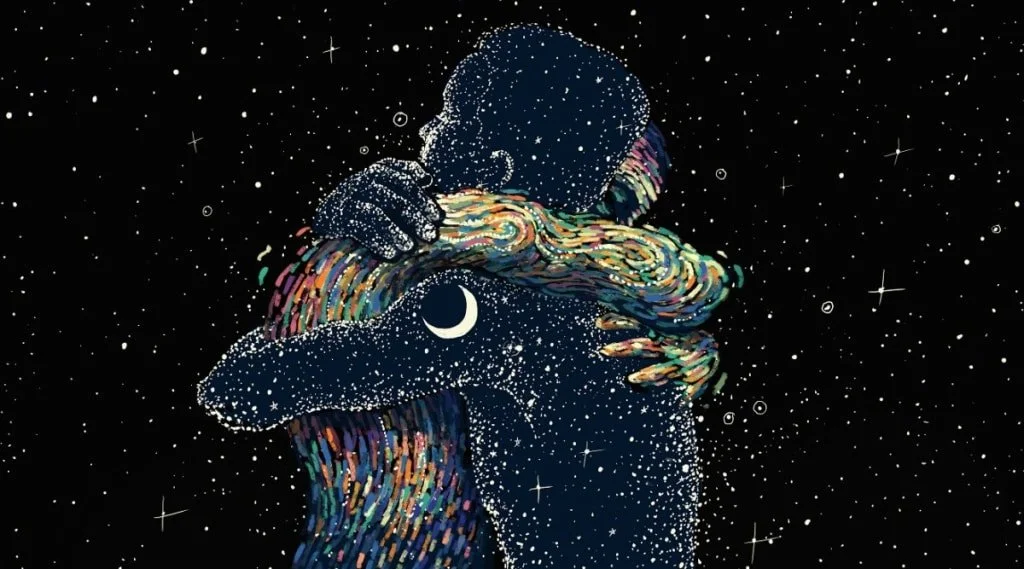The Value of Connection
More than anything, the pandemic has taught us is the value of connection, the magic quality that relationships bring to our lives. According to the reliable sources, one in five Australians have reported high levels of mental stress and anguish brought about by the isolation strategies of COVID, including bereavement, isolation, fear, insomnia, and anxiety.
Connection is one of the most basic of human needs. This is not surprising when we observe the inter-connectedness of nature that underpins all living systems, including those of the plant & animal world. Everything relates to everything else, supporting life. Research has amply demonstrated that isolation is the precursor not only to dysfunction, but to the ultimate death of the organism.
A basic human need
Connection underpins all living systems including those of the plant & animal worlds.
In the world of humans, we maintain connection through our relationships. They keep us healthy in body & mind. There is a myriad of different relationships we maintain over the span of our lives including, in the early years, parent-child, original & extended family, peer group and teacher-child relationships. As we mature and morph into adults our relationships change. Circulating sex hormones compel us to seek a primary relationship, we seek common interest friendship groups and we embrace & enjoy work-related connections. Bringing children into the world opens us further to a depth of intimate connection. During the later years of life our relationships commonly become more about quality than quantity, as the depth & life-sharing nature of our connections becomes more profound.
Considering that relationships are the key to happy & healthy emotional, mental and physical wellbeing, it is perplexing that we are never taught how to navigate relationships at school or university. Nor, that gender characteristics mean that men, women & gender fluid people see relationships from different perspectives. If this were understood, it would smooth the pathway for many who are struggling to navigate their primary relationship.
Nature set us up for relationships by programming the body via powerful genderising hormones that start creating sex polarities whilst still in the womb. Throughout the developing years of childhood and teenage-hood, these hormonal drivers shape and morph the body, mind, behaviours and values to differentiate those of the species that will carry the baton of evolution through the children they bear and those that will inseminate to ensure genetic variability.
When we understand that each gender has a raft of typical characteristics that determine how they relate within their primary relationships, we have a much better capacity to understand our significant other in the context of their unique gender expression. There is a great saying: ‘Men are NOT hairy women’. It is telling us that men do not respond to the world in the way that women do. And the opposite is true of women.
By understanding our differences, we can more realistically & compassionately navigate our interactions and truly enjoy what each other brings to the table. In this way, we fulfil nature’s intelligent plan to maintain life-supporting connection in our primary, and all other relationships.











